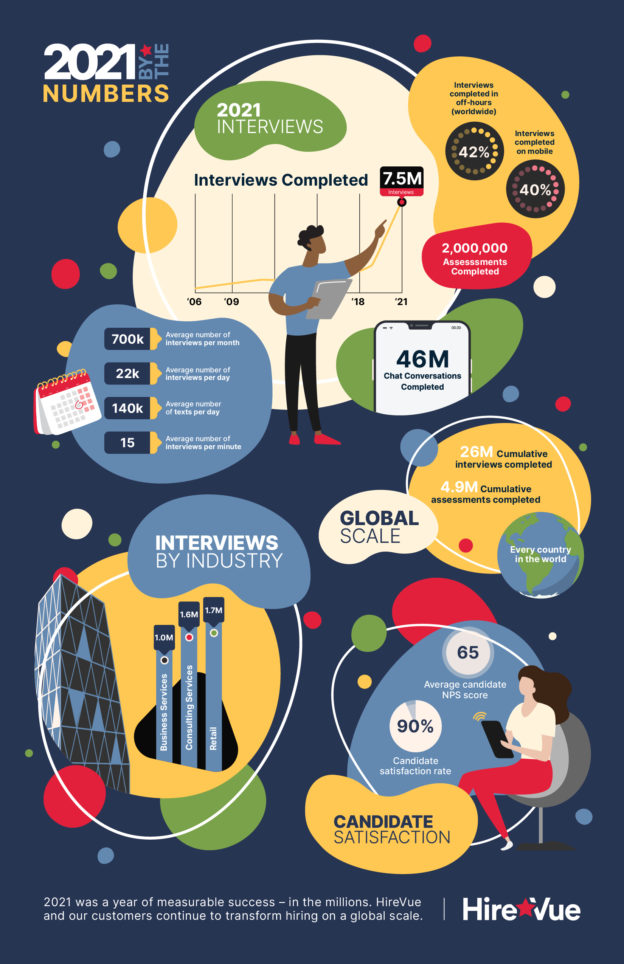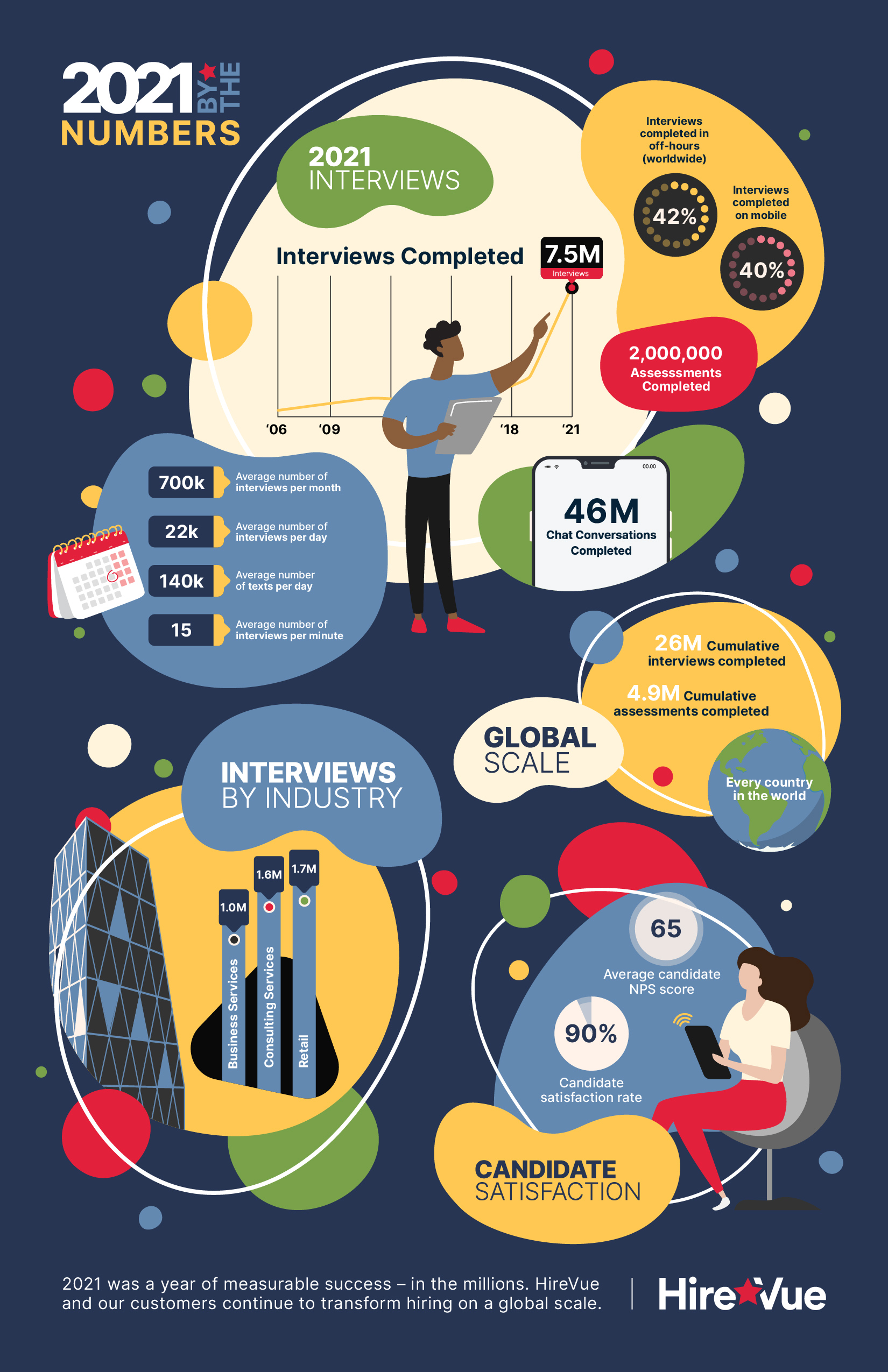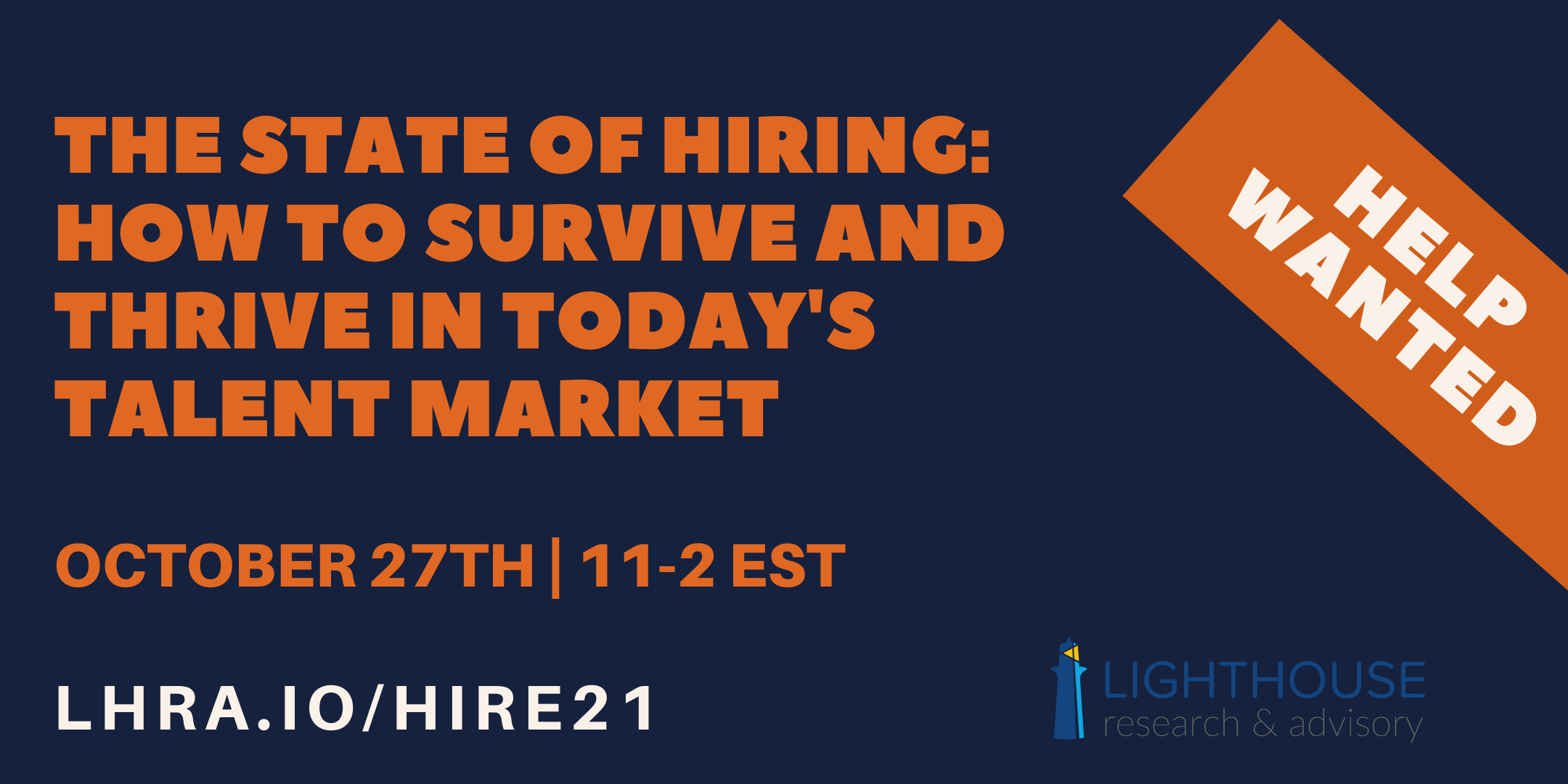Employee referrals are not a new topic in the HR and recruiting space. But the truth is that many companies phone it in when it comes to referrals, often leaving them with lackluster results. It takes a little time, effort, and intention to get a referral program into good shape, and the benefits are far-reaching.
Hiring A Players with Referrals
Data from one study shows that referrals are the best source for finding quality hires. Another expert says that referrals should be one of the top metrics that talent acquisition leaders focus on. And our own data at Lighthouse Research says that more than 80% of companies believe that referrals are important for measuring sourcing performance. Yet more than four out of ten employers are measuring nothing or only anecdotal information when it comes to referrals as a source of hire.
Referrals as a Talent Channel
You don't create a great place to work. You defend it. -CEO of a firm with multiple “Best Places to Work†credits
Let's face it. Many employees have not had the opportunity to work at a company with a great culture. But when they find one they inevitably become protective of the culture. This is a great tool for ensuring a strong referral program without having to constantly weed out poor performers and poor fits. It's been said that A players hire A players, but B players hire C players, and companies of all sizes, industries, and geographies are trying to find those critical A players to remain competitive.
The right referral program needs to not only prioritize referrals as a source of hire, but it also needs strong technological underpinnings to help manage the volume and variety of referrals. Systems like MintMesh and others provide that functionality and help companies to get a grasp on what is typically operated as a “shoot from the hip†type of program. From an analytics perspective, being able to track quality of hire, time to fill, and other metrics and tie them back to the referral source is an incredibly valuable practice. Gathering the right data to support your referral practices is going to generate higher quality hires, ensuring those A players end up at your organization, not at the competition.
Using Referrals to Improve Diversity
Diversity has become an HR buzzword, thrown around in meetings and leveraged for positive PR, but what does diversity really mean?
Legally, diversity refers to the age, socioeconomic background, gender, race and ethnicity differences in your workforce. However, the concept of a diverse workforce encompasses more than that, capturing more nuanced elements such as religious and political views, social status, personality, communication styles, and cultural values.
Diversity sourcing, by extension, is a dedicated effort to attract, engage, and hire a diverse slate of candidates. An interesting twist on the diversity sourcing discussion is in referral practices. Anecdotally, it's often believed that referral hiring will diminish diversity, encouraging people to refer their friends and colleagues that are just like them. In reality, diversity sourcing can be vastly improved with solid, intentional referral practices.
While virtually all companies say they encourage diversity, and the evidence for diversity as a business performance enhancement is clear, the question remains – how can we source and recruit a diverse workforce? There are three keys to success:
- Building a Diversity-Driven Culture-Having the best diversity programs possible won't matter if your culture doesn't support it. Diversity begins and ends with your company culture. It should be part of who you are as a company.
- Expanding Your Diversity Definition:Â In a conversation last month with the head of human resources for a U.S.-based construction firm, the leader said that the biggest challenge was filling a key technical role with diverse candidates, because the company had come to see the value in not just diversity of gender or skin color, but in diversity of thought. Candidates that entered the role from diverse backgrounds performed better, connected more thoroughly with their customers and peers, and lasted longer than more traditional candidates.
- Employee Referrals:Â Current employees are living, breathing advertisers for your company. Their testimonies about your organization provide an authentic initiative for potential hires. Missing out on their referrals could be the difference in being a market leader or a laggard. And as mentioned above, this allows your company to target more diverse hires in a way that traditional job postings and advertising just can't.
Referral Benefits for SMBs
While referrals can help any company, I see the benefits to small and mid-sized businesses as being some of the most valuable.
Referrals are the most powerful tool in recruiting. A provocative statement, sure, but also proven to be true. Recruitment is the lifeline of all organizations and referral programs can deliver top talent to your door at a fraction of the cost of traditional recruiting. According to Dr. John Sullivan, if 50% of your company's hires aren't coming from referrals, then you need to get proactive with your referral program.
This is even more true for small and mid-size businesses. With tight recruiting budgets, limited organizational agility, and a need for highly engaged workers from day one, the SMB market can benefit from referrals by reducing costs, lowering time to fill, and ensuring long-term retention and engagement.
Cost
Costs for traditional recruiting sources far exceed those of referrals.Traditional recruiting can cost anywhere from $4,000 to well over $18,000 per hire, but recruiting with a referral program costs closer to $1,000.
Even offering financial incentives to employees for referrals is still a small price to pay for creating an army of talent scouts. Offering a $1000 bonus would still keep the referral hire cost far below that of other methods.
Other cost savings associated with hiring referrals include lower spending on advertising, job boards, and agency fees. Meritage Talent Solutions founder Kara Yarnot found that the typical agency charges a fee of 20 percent of a hire's first-year salary, equaling $20,000 for a single $100,000 hire. If we're comparing that to the referral program cost per hire data above, your organization could have hired 20 people for the same cost of one hire through an agency.
Referrals save costs and benefit the bottom line.
Speed
In today's fast paced workplace, speed is crucial. Referrals can significantly increase hiring speed over traditional recruiting methods. Referrals are the fastest method to hire with an average of 29 days for referrals. Compare that with 39 days for job boards, and 45 days for career sites, on average.
This is due in part to the fact that you have a broader network when you're prioritizing referrals. Your employees know the company better than anyone and with the rise of social media, employees have networks of contacts at their fingertips ready to tell their peers and friends about openings at your organization.
To get a sense of the size of this potential network, consider this: Pew Research estimates the average person has more than 600 social connections. If your business has just 100 employees, that's a potential 60,000 people that can learn about your openings with a good referral program.
Not only do referrals start faster–they also onboard faster. A key part of onboarding, beyond understanding the workplace policies and requirements, is assimilating into the social fabric of the organization. By having a social connection already in the firm, the referral can onboard faster. This equates to higher productivity and performance from day one, which is critical for SMBs that don't have extensive resources to train and develop competencies in new hires.
Referrals are faster to hire, start working quicker and out perform non-referrals.
Retention and Engagement
One third of new hires quit their job after about six months and 32 percent of employers say they expect employees to be job hoppers. This demonstrates the “revolving door†attitude employees have towards companies, but referral programs can increase job loyalty.
Referral programs are proven to decrease turnover and increase retention. 46% of referral hires are retained after one year as opposed to 33% for non-referrals. With referrals producing 25% more profit than their peers, this is doubly valuable for employers.
As mentioned in a recent blog, great companies are made up of great people, and referrals are the best source for bringing those great people to your front door.




 Video is huge, both for businesses and consumers. YouTube is the second largest search engine in the world (with greater traffic than AOL, Bing, and Yahoo combined!). Netflix and other video streaming services now account for the majority of internet traffic worldwide. We have come to expect and appreciate video on many levels, but it hasn't yet made its way deep into the hiring process.
Video is huge, both for businesses and consumers. YouTube is the second largest search engine in the world (with greater traffic than AOL, Bing, and Yahoo combined!). Netflix and other video streaming services now account for the majority of internet traffic worldwide. We have come to expect and appreciate video on many levels, but it hasn't yet made its way deep into the hiring process.